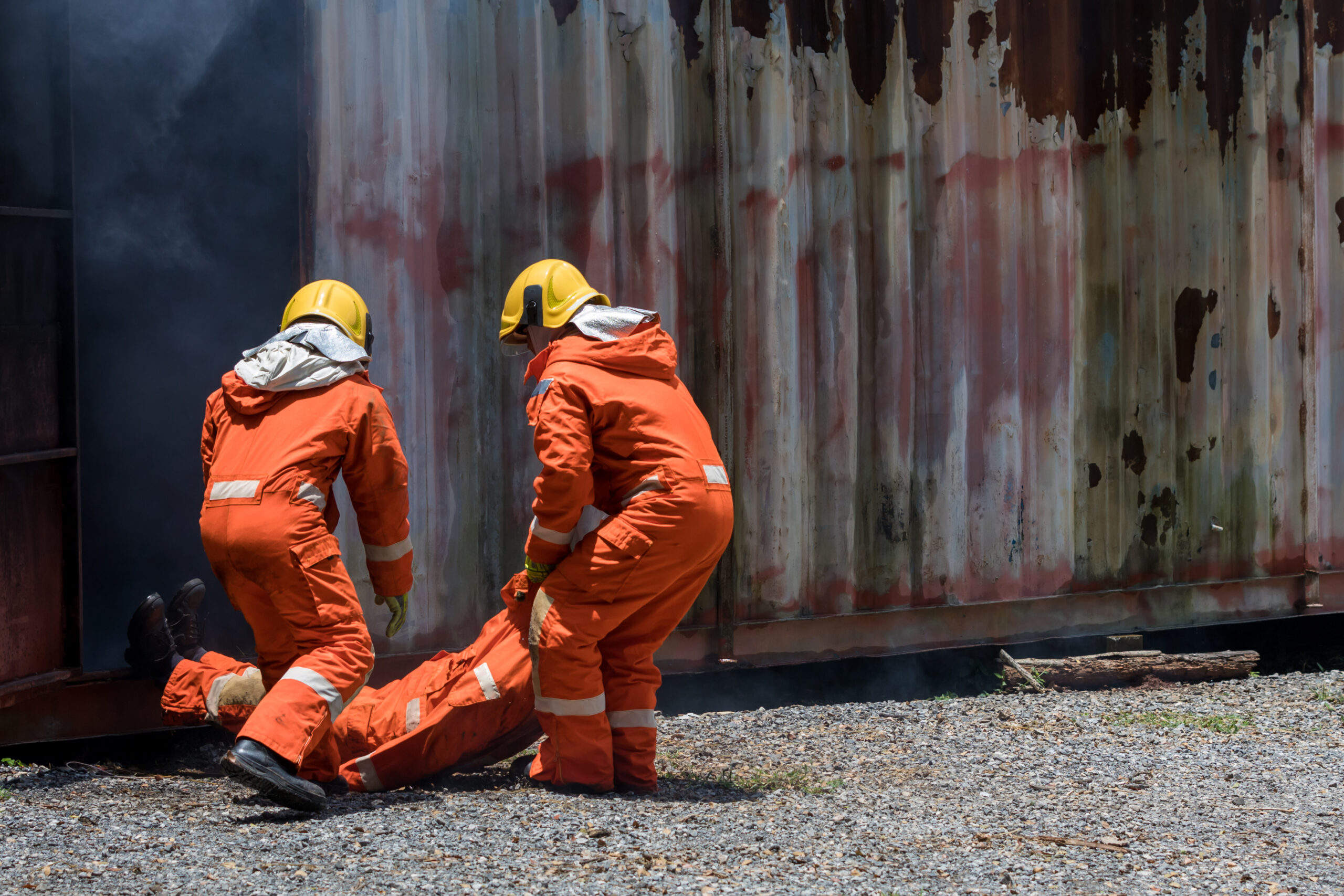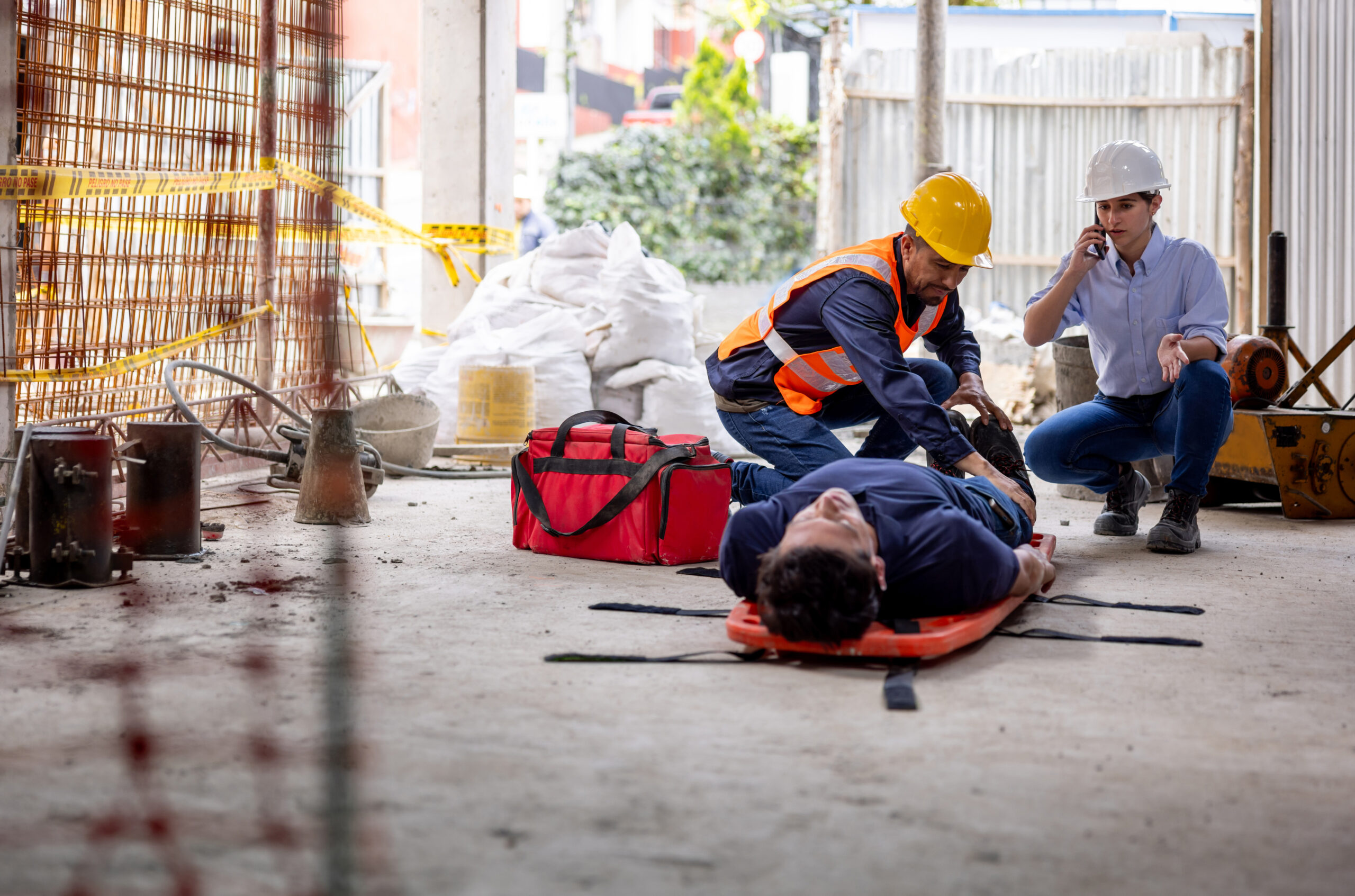Safety Tips for Trenching and Excavation
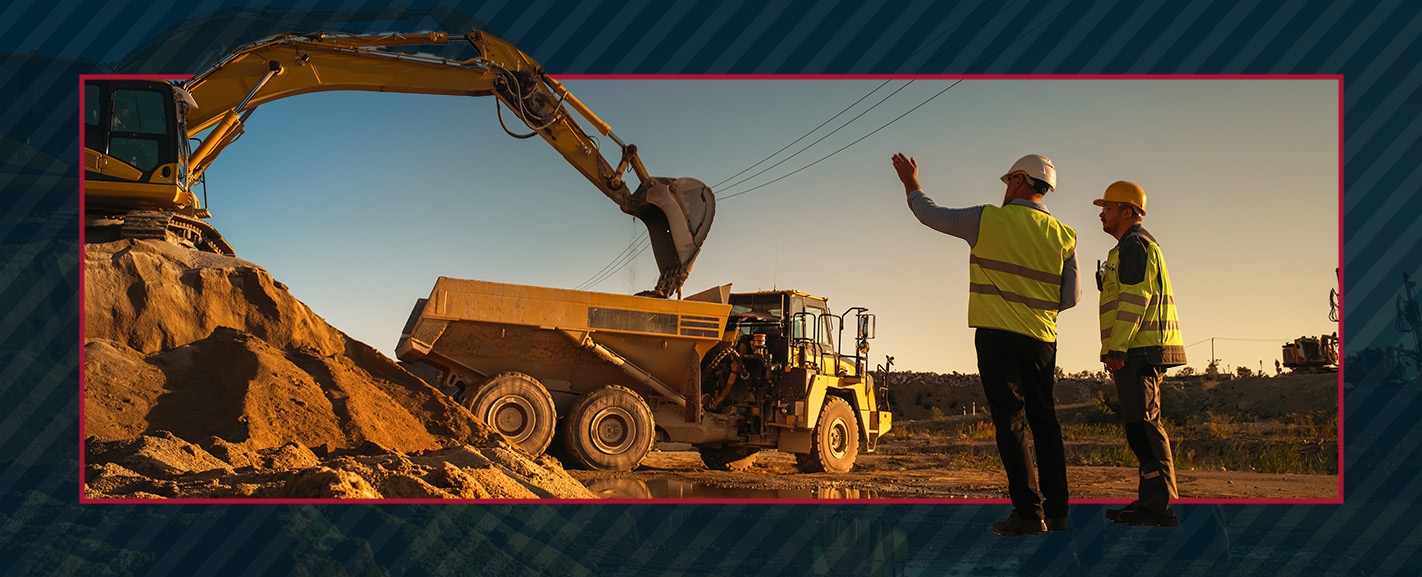
Trenching and excavation are essential to construction, but these tasks come with severe hazards. Annually, an average of 21 American workers die doing trenching and excavation work. In 2022, the number reached 39.
The good news is that proper safety practices can reduce the likelihood of these tragedies and save lives. Keep reading to understand the dangers of trenching and excavation and discover 12 lifesaving safety tips.
What Are Trenching and Excavation?
In construction, excavation describes any process that removes earth to form a cavity in the ground. Trenching refers to digging narrow excavations that are deeper than their width but no wider than 15 feet at their bottom.
What Are the Hazards of Trenching and Excavation?
You must understand the risks of these operations and prepare to address them to improve trenching and excavation for your staff. Here are five of the most common excavation hazards.
- Cave-ins: Soil cave-ins are one of the deadliest excavation hazards. One cubic yard of earth can weigh as much as a car, crushing and entombing unfortunate workers when it falls inward.
- Impact injuries: “Struck-by” injuries happen when objects like equipment, vehicles, or debris hit workers. These are the leading causes of nonlethal construction injuries and the second most frequent cause of fatal ones.
- Environmental hazards: Excavations often involve low oxygen, dangerous gases, heat, and moisture.
- Utility lines: Accidental damage to gas, electrical, water, sewer, telephone, or internet lines can have disastrous consequences. Call 811 to check before you dig.
- Falls: Workers sometimes slip or trip into excavations. The impact can injure them and the co-workers they land on.
12 Trenching and Excavation Safety Tips
Now that you know the potential dangers of excavation, it’s time to learn how to create a safer site for your team with these 12 tips.
1. Conduct Site Assessments
Before trenching begins, check sites for utility lines and conduct atmospheric tests for oxygen levels and dangerous gases. Assessing the soil’s density and compactness lets you plan to address potential hazards.
- Type A: Dense soils like clay with compressive strengths of 1.5 tons per square foot and above.
- Type B: Moderately dense, sometimes granular soils like silt and crushed rock with compressive strengths of 0.5 to 1.5 tons per square foot.
- Type C: Granular, moist, or layered soils including sand, gravel, and submerged soil have maximum compressive strengths of 0.5 tons per square foot.
- Stable rock: Solid mineral rock is the hardest of all soil classifications and the only one that is not susceptible to cave-ins.
Knowing the soil type can help you plan to prevent cave-ins from happening in your trenches.
2. Implement Proper Excavation Practices
Ensure your team uses the best trenching practices for the project.
- Benching: Cut steps in the ground that go up and away from the bottom of the trench to guard against cave-ins.
- Shaving: Install supports to keep loose soil in place.
- Shielding and shoring: Use trench boxes and other structures to protect workers from cave-ins.
- Sloping: Slope the trench walls away from its bottom at obtuse angles to reduce cave-in risks.
3. Upskill Workers in Excavation Methods
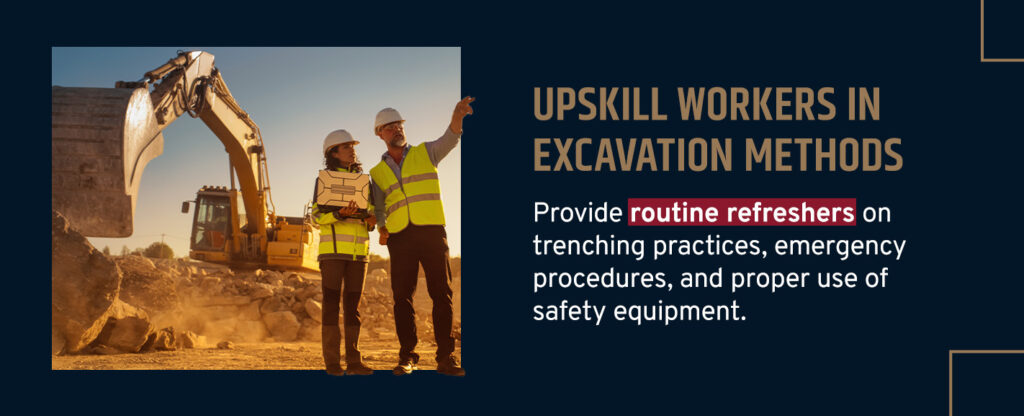
Train workers to execute the excavation and trenching techniques described above. Provide routine refreshers on trenching practices, emergency procedures, and proper use of safety equipment.
4. Use Shielding and Shoring With Care
Remember that structures like trench boxes and bracings mitigate the dangers of cave-ins, but cannot prevent them. Ensure barriers exert enough force to exceed pressure from the trench walls. Only use trench boxes up to manufacturer-approved depths, and never use damaged barriers.
5. Follow Safety Guidelines
While your inspection may reveal site-specific hazards, standard practices across all sites include the following:
- Encouraging constant alertness.
- Implementing warning systems for heavy equipment approaching.
- Establishing safe entry and exit points from the trench.
- Not entering a trench containing water without draining it and preventing further inflow.
- Never working under suspended loads.
- Keeping equipment at least two feet away from the trench’s edge.
6. Test and Inspect Sites Regularly
Continue examining the site and your excavation for any new hazards that emerge after your initial inspection. Train workers to look for and report cracks in trench walls and other risks. Repeat atmospheric testing before each shift, or more frequently for volatile sites.
7. Enhance Ventilation
Ventilation is critical to prevent toxic gas buildup and improve airflow. Install and maintain systems like exhaust fans and regularly test air quality to ensure workers breathe clean, fresh air that is safe from dangerous gases.
8. Prepare Egress Solutions
Workers should always have quick, safe ways to escape excavations in emergencies. Drill workers on staying calm while they find, reach, and use tools like ladders and ramps.
9. Choose Dependable Equipment
Ensure all machines and personal protective equipment workers use during excavation are in good condition and up to industry safety standards.
10. Mark and Protect Excavations
Unauthorized access to excavation sites can cause injuries. Mark and protect your site with signs, barricades, and other safety measures to deter unauthorized people. Clearly marking excavations also reduces the risk of workers or machines falling into them.
11. Plan for Emergencies
Establish and practice an emergency excavation and trenching safety plan for worst-case scenarios like cave-ins or gas leaks. Workers should be well-drilled and ready to implement these lifesaving protocols.
12. Comply With Regulations
Familiarize yourself with OSHA’s trenching and excavation safety standards and help your team comply. Regularly review these standards and update training manuals, equipment, and procedures as needed.
Master Excavation Safety With the National Association of Safety Professionals
With all the hazards of excavation, it’s no wonder OSHA has detailed safety standards for these operations. Master them and make your company’s worksites safer with assistance from the National Association of Safety Professionals.
We provide real-world training built by safety professionals for safety professionals, including dozens of in-person and online courses and certificates. Among these is our 13-hour Trenching and Excavation Specialist course, which is open to anyone seeking to make excavations safer. This course equips you with competency in:
- Regulatory safety compliance for trenching and excavation
- Soil mechanics, excavation techniques, and best practices
- Excavation hazard awareness
After purchasing the course, you have six months to complete it at your preferred pace. Start your path to becoming a jobsite safety specialist today.
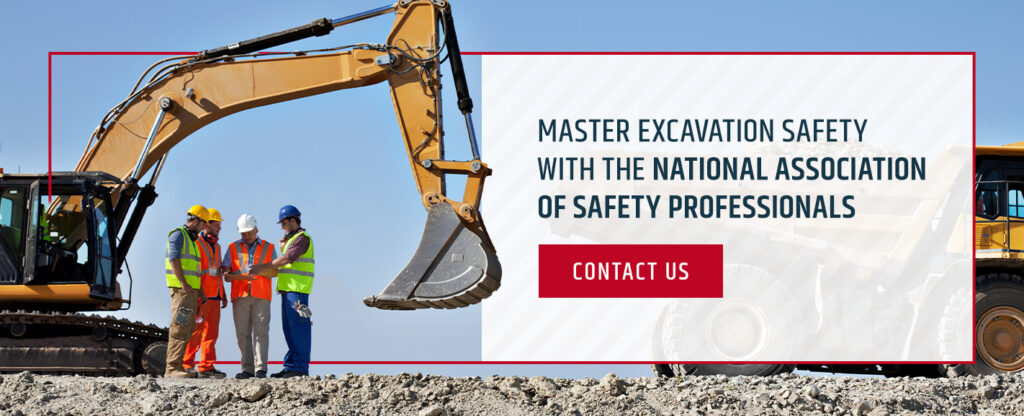
Blog Posts
Latest Posts
Related Posts


